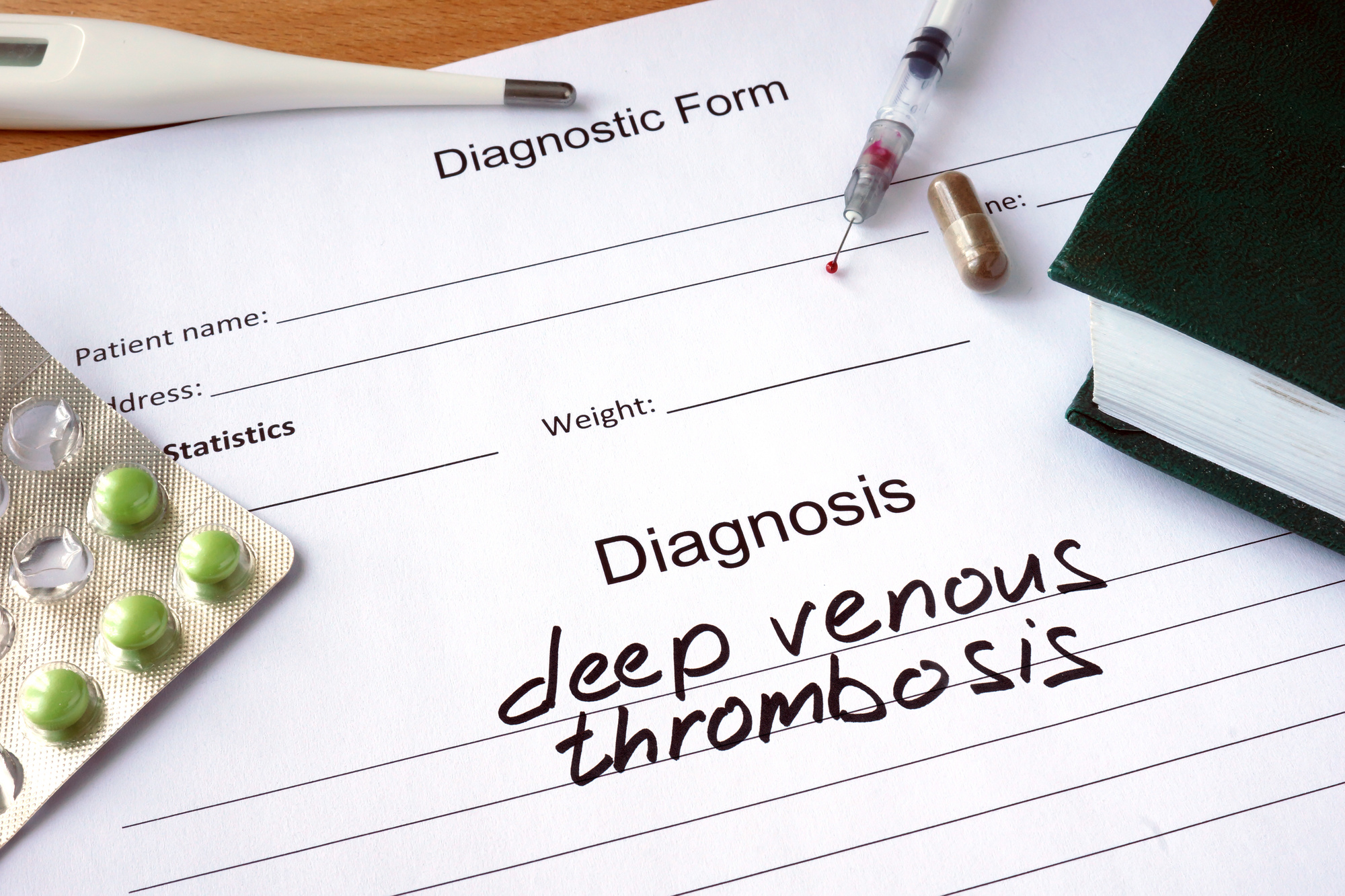Did you know that one in three Americans over the age of 45 have a vein disorder? What if one of those Americans is you?
If you’re like many, you may not know much about vein disorders or how to spot if you may have one.
Luckily for you, we have put together the three most common types of vein disorders as well as their symptoms! Keep reading to find out what you need to know.
1. Varicose Veins
Do you have or have you ever seen discoloration and slight bulging under the skin of yours or someone else’s legs? The chances are, those are varicose veins.
Varicose veins are pretty common and they come about due to vein walls and valves that have been weakened or damaged. They tend to form when the blood pressure inside your veins increases. This increase in blood pressure can be a result of constipation, pregnancy, a tumor, or obesity.
While varicose veins are fairly common, you still have a chance of being at an increased risk for them. This would be the case if your family has a history of venous disorders if you have an inactive lifestyle, or you sit or stand for long periods of time.
Symptoms of varicose veins are as follows:
- Bulging
- Swelling
- Heaviness in legs and feet
- Skin discoloration
- Leg cramps at night
- Itching
You don’t need to have a doctor diagnose you with varicose veins as you can see them easily. If you insist on a doctor’s diagnosis, then all it takes is a simple visit to the doctor’s.
2. Superficial Venous Thrombosis
This vein disorder is the inflammation and clotting of a superficial vein. Superficial veins are veins found just under the skin. Superficial venous thrombosis tends to occur in veins located in the arms or legs.
Varicose veins can be a sign of superficial venous thrombosis in the legs. Most of the time, SVT found in the arms is a result of a recent IV.
Some symptoms of SVT are as follows:
- Skin is warm and tender near the affected area
- Skin over the affected vein is red
- Pain and swelling near the affected area
- Affected vein feels hard
Superficial venous thrombosis does need a doctor’s diagnosis, but it is quite simple. The doctor will be able to tell it’s SVT just by evaluating the area meaning that tests are not needed.
3. Deep Vein Thrombosis
While varicose veins and superficial venous thrombosis aren’t too serious, deep vein thrombosis is a very serious condition. DVT affects deep veins, which are those deep in the body, in the form of blood clotting.
Deep vein thrombosis can lead to pulmonary embolism. This is when the blood clot detaches and makes it’s way to the lungs which will result in emergency surgery. The most dangerous aspect of DVT is that only have of those with DVT show symptoms, meaning about half of all DVT cases are asymptomatic, which makes deep vein thrombosis life-threatening if not caught early.
Symptoms of DVT are as follows:
- Discoloration in the affected area
- Area(s) of skin that is warmer than the rest
- Server pain in foot or ankle
- Swelling in foot or ankle
- Cramps that start in your calf
If you believe you have DVT, bring it up with your doctor. DVT requires a medical diagnosis and should be caught early to ensure your safety. Together, you and your doctor can look at options for vein treatment.
Get Checked for Vein Disorders
Vein disorders are pretty common. While some are essentially harmless and will pass with time, there are others that can threaten your life. Visiting your doctor for a check-up could save your life.
If you need help finding a doctor who can help you, be sure to search for one on our site and check out some of our other articles as well.

